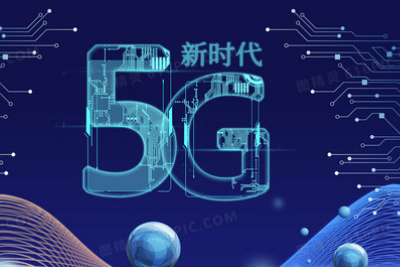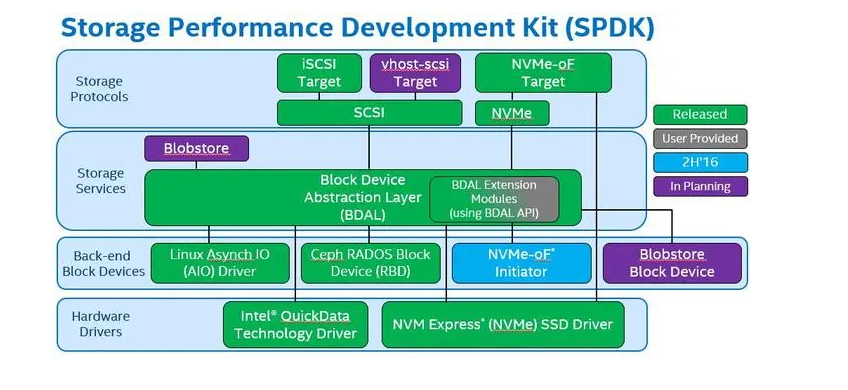The main content of this excerpt describes the process of generating datasets for training a deep potential model using a concurrent learning scheme with DP Generator (DPGEN). The process involves three iterative steps:
- DP Training in DeePMD-kit: This is where the deep potential model is trained.
- DPMD Exploration in LAMMPS: After training, molecular dynamics simulations are performed using the trained model in the LAMMPS software.
- DFT Labeling in VASP: In this stage, density functional theory (DFT) calculations are conducted to label the data.
The DFT calculations utilize a meta-generalized-gradient-approximation known as the SCAN functional, which has proven effective in accurately describing various properties of water molecules and self-ions. Specific computational details include:
- A plane wave basis set with a cutoff energy of 600 eV.
- Sampling of the Brillouin zone with a single k-point.
- Use of Gaussian smearing for partial orbital occupancies.
Lastly, it mentions that the electronic self-consistent loop was terminated based on a global break condition reaching (1 \times 10^{-5}) eV, indicating a threshold for convergence during calculations.
内容由零声教学AI助手提供,问题来源于学员提问





















